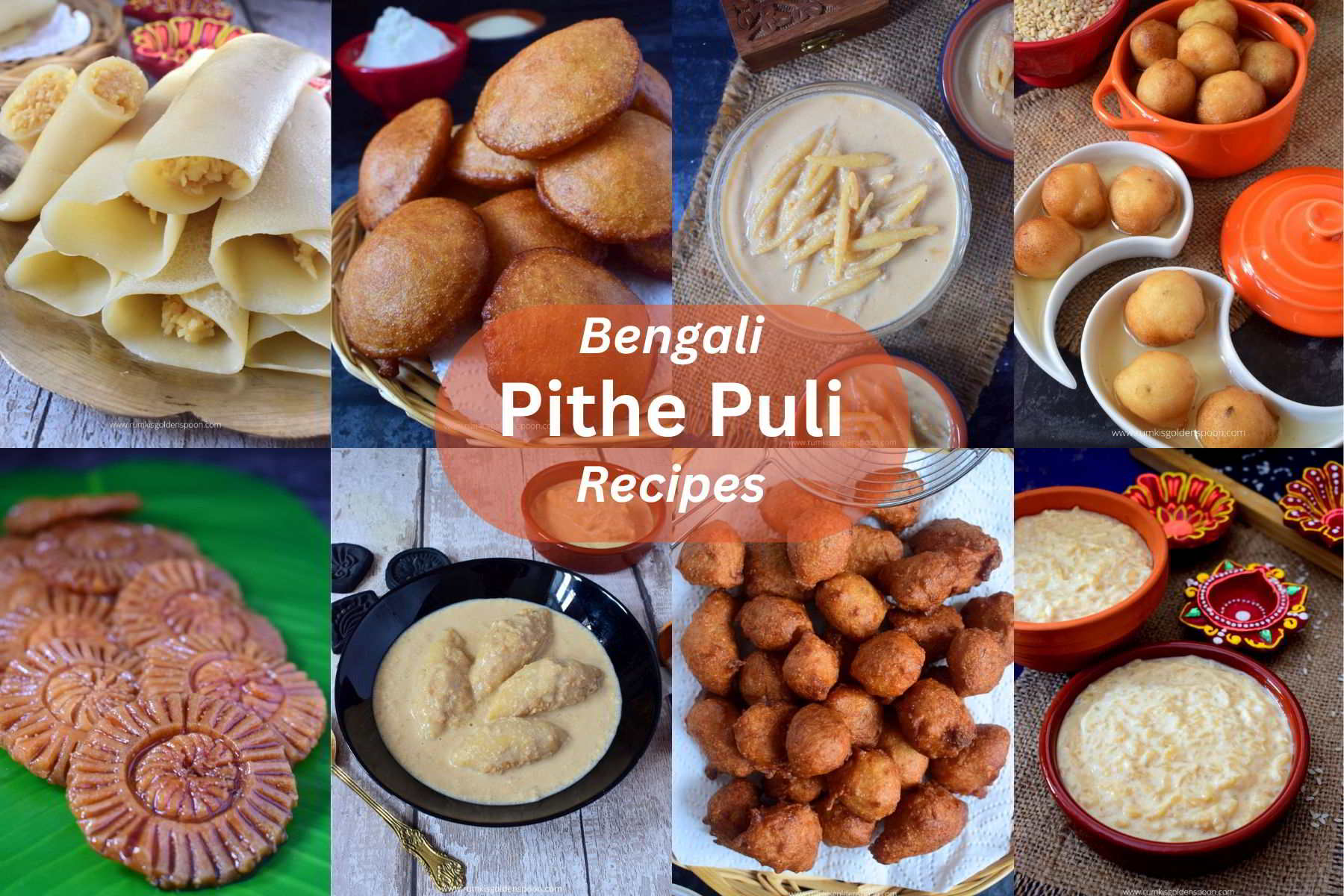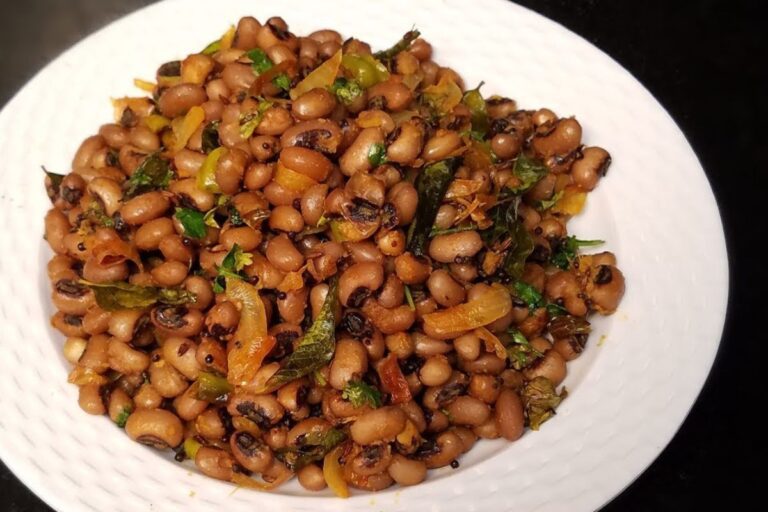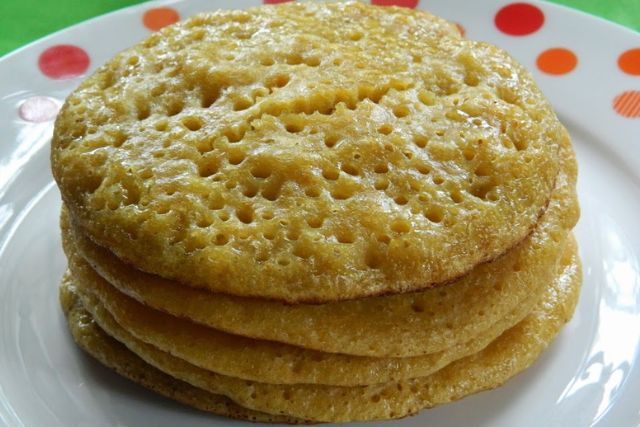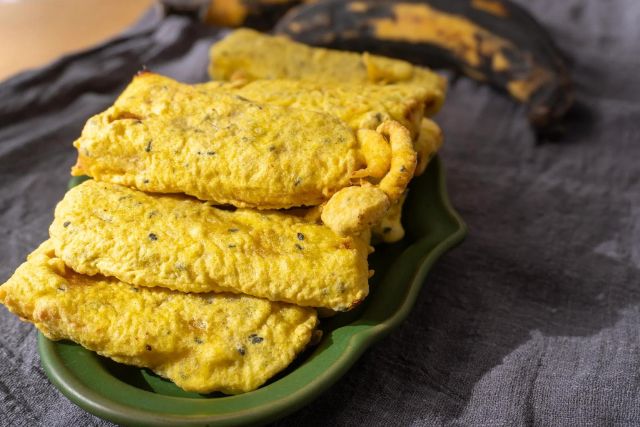Bengali Pithe Puli Recipe : A Delightful Bengali Sweet
In the heart of Bengali cuisine, Pithe Puli stands tall as a cherished delicacy, celebrated during winter festivals like Makar Sankranti and Poush Parbon. This traditional sweet treat encapsulates the essence of Bengal’s culinary artistry, blending rice flour, coconut, jaggery, and aromatic spices into a symphony of flavors and textures. Whether enjoyed as a festive indulgence or a nostalgic bite of home, Pithe Puli Recipe evokes warmth and tradition in every bite. In this detailed guide, we’ll uncover the origins, ingredients, step-by-step preparation, variations, cultural significance, and serving suggestions of Pithe Puli Recipe, ensuring you can recreate this beloved recipe with authenticity and flair.
Origins and Cultural Significance
Pithe Puli holds a revered place in Bengali culture, especially during winter when fresh jaggery (noted as ‘Nolen Gur’) is abundant. These sweets are lovingly prepared in Bengali households as offerings to deities during festivals like Makar Sankranti and as treats for family gatherings. The name ‘Pithe’ refers to a variety of sweets made primarily from rice flour, while ‘Puli’ signifies stuffed or filled versions. Each bite of Pithe Puli Recipe symbolizes familial warmth, celebration, and the richness of Bengali heritage.
Key Ingredients of Pithe Puli Recipe
The allure of Pithe Puli lies in its simplicity and the thoughtful combination of traditional ingredients. Here are the key components essential for preparing Pithe Puli Recipe:
- Rice Flour: A staple ingredient used to make the dough for the outer covering of Pithe Puli. Traditionally, fine rice flour is preferred for its smooth texture.
- Coconut: Freshly grated coconut or coconut shavings are mixed with jaggery to create the sweet filling for Pithe Puli Recipe. It adds a delightful nutty flavor and texture.
- Jaggery (Nolen Gur): A type of unrefined palm sugar or jaggery, particularly popular in Bengal during winter. It lends a distinct sweetness and aroma to Pithe Puli.
- Cardamom Powder: Ground cardamom enhances the flavor profile of the filling, imparting a subtle yet aromatic touch.
- Ghee: Clarified butter is used for kneading the dough and occasionally for cooking Pithe Puli, adding richness and flavor.
- Salt: A pinch of salt balances the sweetness and enhances the overall taste of Pithe Puli.
Preparation Method
Let’s delve into the step-by-step process of preparing Pithe Puli Recipe, ensuring each step brings out the authentic flavors and textures cherished in Bengali kitchens:
Step 1: Making the Dough
- In a mixing bowl, combine rice flour with a pinch of salt. Gradually add warm water and knead into a smooth, pliable dough.
- Add a teaspoon of ghee while kneading to enhance the dough’s texture and flavor. Cover the dough and let it rest for about 15-20 minutes.
Step 2: Preparing the Filling
- In another bowl, mix freshly grated coconut with grated or crumbled jaggery (Nolen Gur) and a dash of cardamom powder.
- Cook this mixture over low heat in a pan until the jaggery melts and blends with the coconut. Stir continuously to prevent burning. Once done, set aside to cool.
Step 3: Shaping and Filling
- Divide the rested dough into small lemon-sized balls. Roll each ball into a flat disc or circle, ensuring it’s thin but not too thin to tear.
- Place a spoonful of the coconut-jaggery filling in the center of each disc. Carefully fold and seal the edges to form semi-circular or cylindrical shapes, ensuring the filling is well enclosed.
Step 4: Cooking Pithe Puli Recipe
- Heat a shallow pan or griddle and grease it lightly with ghee. Place the stuffed Pithe Puli on the pan in batches.
- Cook them over low to medium heat, flipping occasionally, until they turn golden brown and crispy on both sides. Brush with ghee as needed for a rich flavor.
Step 5: Serving
- Pithe Puli can be served warm or at room temperature. Garnish with a sprinkle of grated coconut or drizzle with extra jaggery syrup for added sweetness.
- Enjoy these delectable treats as a dessert or snack, accompanied by a warm cup of tea or served with milk for a traditional Bengali experience.
Variations and Serving Suggestions
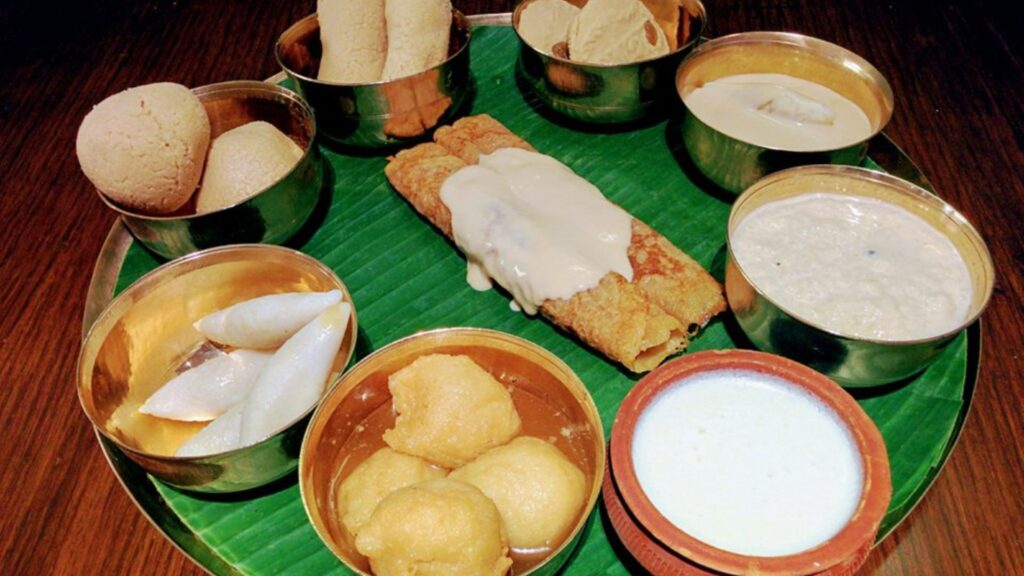
While the classic Pithe Puli recipe is deeply cherished, there are variations and serving suggestions to suit different tastes and occasions:
- Patishapta Pitha: A variation of Pithe Puli where the rice flour crepes are filled with a coconut-jaggery mixture and rolled into cylinders.
- Chitoi Pitha: These are smaller, thicker rice flour pancakes often served with a drizzle of jaggery syrup or with savory accompaniments.
- Narkel Naru: Coconut and jaggery balls that can be served alongside Pithe Puli for a festive spread.
Health Benefits and Nutritional Value
Pithe Puli offers nutritional benefits from its wholesome ingredients:
- Coconut: Rich in healthy fats, fiber, and minerals.
- Jaggery: Contains iron, magnesium, and other minerals in its unrefined form.
- Rice Flour: Gluten-free and provides carbohydrates.
Pithe Puli Recipe embodies the warmth, flavors, and traditions of Bengali cuisine, making it a cherished delicacy during festivals and family gatherings. By mastering its preparation, experimenting with variations, and enjoying its delightful flavors, you can immerse yourself in the cultural heritage of Bengal with every bite of these sweet treats. So, gather your ingredients, follow our guide, and delight your loved ones with the authentic taste of Pithe Puli-a true celebration of Bengal’s culinary richness and tradition.
Frequently Asked Questions (FAQs) About Bengali Dudh Puli Pitha – Pithe Puli Recipe
What is Pithe Puli?
Pithe Puli is a traditional Bengali sweet delicacy made during winter festivals like Makar Sankranti and Poush Parbon. It consists of rice flour dough filled with a mixture of freshly grated coconut and jaggery (Nolen Gur), which is then shaped and fried or grilled to perfection.
How do you make Pithe Puli?
Here’s a simplified version of the Pithe Puli recipe:
1) Prepare a dough using rice flour, warm water, and a pinch of salt. Knead until smooth and let it rest.
2) Mix freshly grated coconut with grated or crumbled jaggery and a hint of cardamom powder. Cook the mixture until the jaggery melts.
3) Roll the dough into discs, place a spoonful of the coconut-jaggery filling, seal the edges, and shape them into semi-circular or cylindrical forms.
4) Cook the filled Pithe Puli on a greased pan until golden brown and crispy. Serve warm or at room temperature.
Can Pithe Puli be made without jaggery?
While traditionally made with jaggery (Nolen Gur), Pithe Puli can be adapted by using alternatives like brown sugar or even regular granulated sugar. However, the unique flavor of jaggery adds authenticity and richness to the dish.
What is Nolen Gur?
Nolen Gur, also known as date palm jaggery, is a type of unrefined palm sugar commonly used in Bengali cuisine, especially during winter. It has a distinct flavor and aroma, which enhances the taste of traditional sweets like Pithe Puli.
Are there different types of Pithe Puli?
Yes, Pithe Puli comes in various forms and shapes, each with its own unique preparation method and filling. Some popular variations include Patishapta Pitha, which are rice flour crepes filled with coconut-jaggery mixture and rolled, and Chitoi Pitha, smaller thick pancakes served with jaggery syrup or savory accompaniments.
